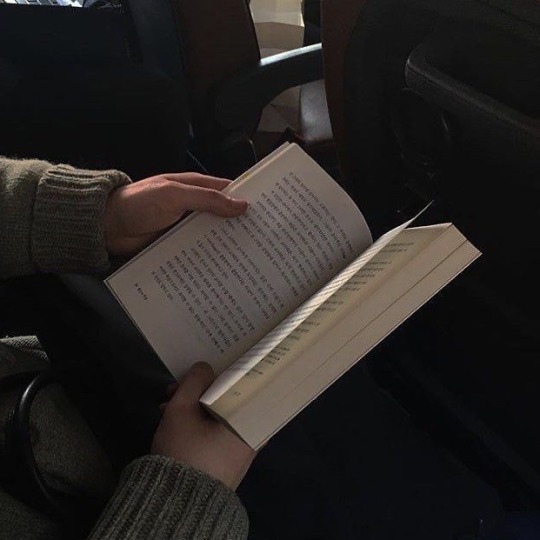Don't wanna be here? Send us removal request.
Photo
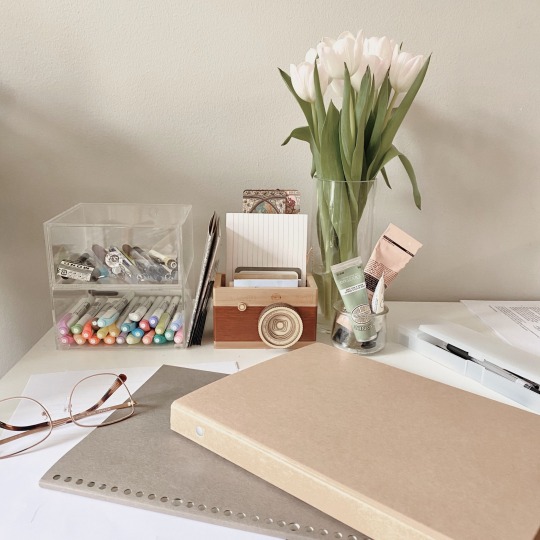


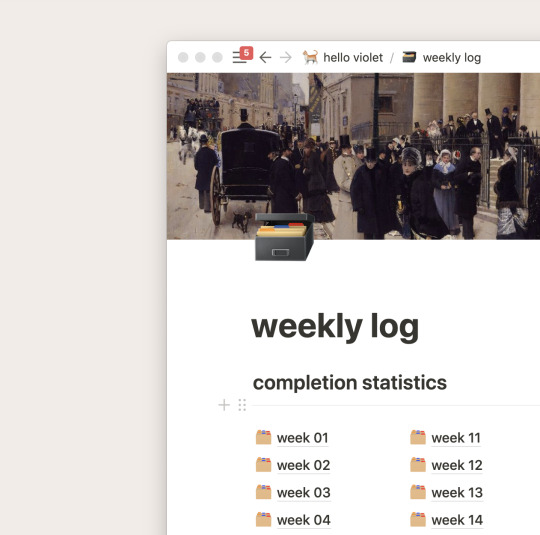


24.04.21 / went out for a walk. the weather’s great today. there’s always this feeling of relief whenever i go outside after being desk bound for a few days. the air i breathe in is different and i feel alive. if possible, remember to stretch your back and legs outside, ok? take care ♡
3K notes
·
View notes
Text
10 Female Written Short Stories Everyone Should Read
I have seen a post circulating for a while that lists 10 short stories everyone should read and, while these are great works, most of them are older and written by white men. I wanted to make a modern list that features fresh, fantastic and under represented voices. Enjoy!
1. A Temporary Matter by Jhumpa Lahiri — A couple in a failing marriage share secrets during a blackout.
2. Stone Animals by Kelly Link — A family moves into a haunted house.
3. Reeling for the Empire by Karen Russell — Women are sold by their families to a silk factory, where they are slowly transformed into human silkworms.
4. Call My Name by Aimee Bender — A woman wearing a ball gown secretly auditions men on the subway.
5. The Man on the Stairs by Miranda July — A woman wakes up to a noise on the stairs.
6. Brownies by ZZ Packer — Rival Girl Scout troops are separated by race.
7. City of My Dreams by Zsuzi Gartner — A woman works at a shop selling food-inspired soap and tries not to think about her past.
8. A Good Man is Hard to Find by Flannery O’Connor — A family drives from Georgia to Florida, even though a serial killer is on the loose.
9. Hitting Budapest by NoViolet Bulawayo — A group of children, led by a girl named Darling, travel to a rich neighborhood to steal guavas.
10. You’re Ugly, Too by Lorrie Moore — A history professor flies to Manhattan to spend Halloween weekend with her younger sister.
72K notes
·
View notes
Text




I finally finished my summer school so I’ll be making more creative contents for my blog. Here is a small guide on ways to relax after a tiring day. Is there any specific content you wanna see? Feel free to give suggestions!
Thank you so much for your support ❤️
3K notes
·
View notes
Photo
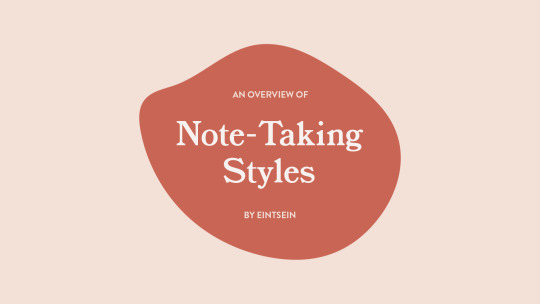

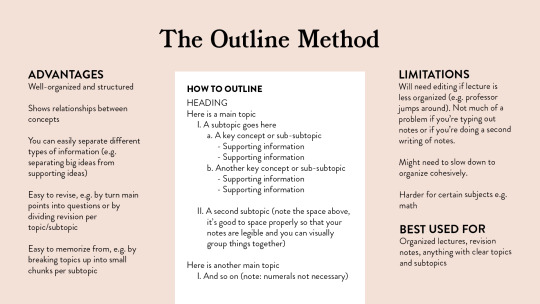
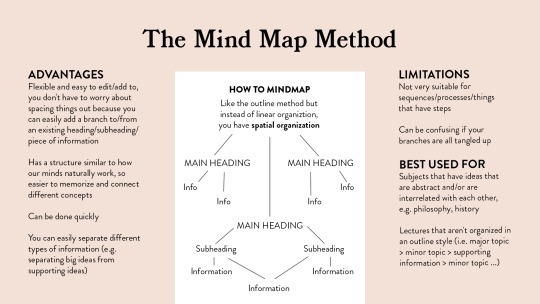

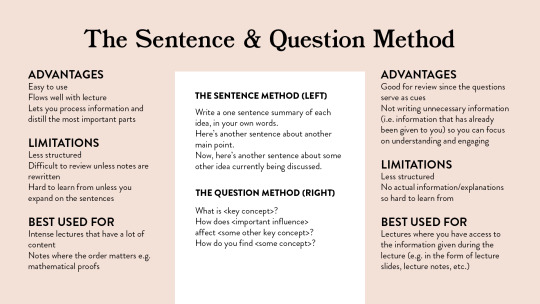
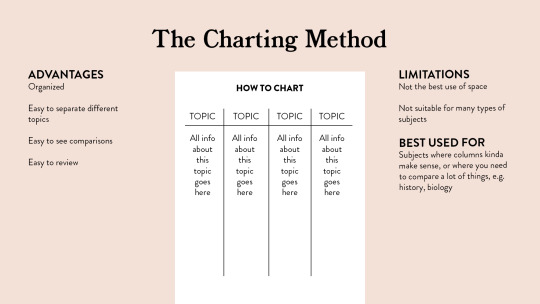


An Overview of Note-Taking Styles
Note-taking is one of the most essential skills a student should master. It allows you to record and review information to be used in the future. But what’s the best way to do so? Here’s an overview of note-taking styles that can help you maximize your learning!
56K notes
·
View notes
Text
pomodoro technique 101

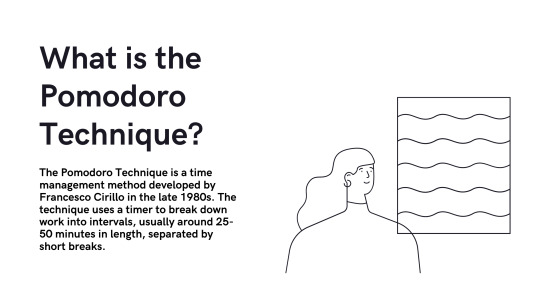
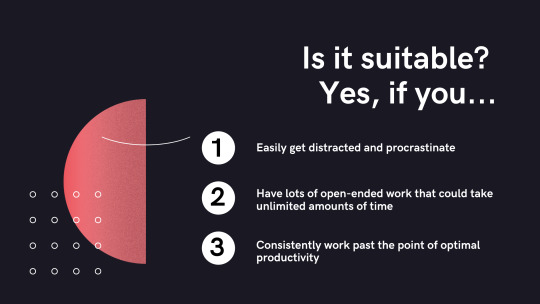
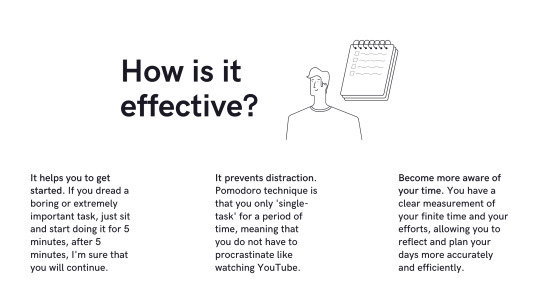

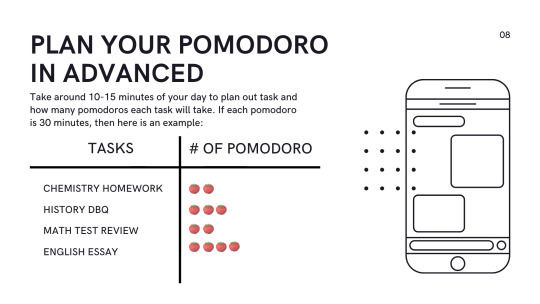
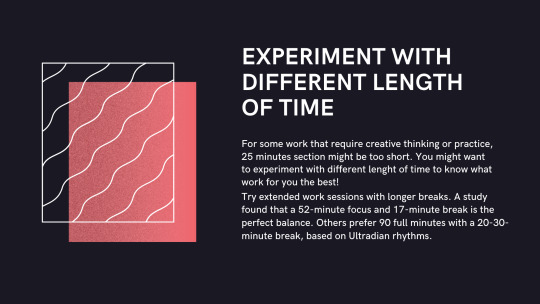
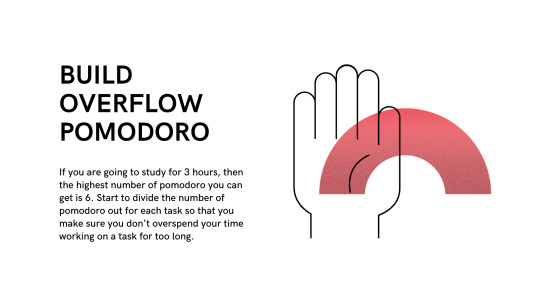
Hi it’s werelivingarts, I return to school already and I can feel that homework start running in…
Pomodoro technique is such a popular and efficient way to organize and manage your time, no matter if you are studying or working. Keep in mind that this is not ‘ONE-SIZE-FITS-ALL’, this may not a suitable method for people who have ADHD.
Hoping that the graphics can provide you some helpful hacks! 😉❤️
You don’t have to see the whole staircase, you just have to take the first step. – Martin Luther King Jr.
3K notes
·
View notes
Text
time blocking method
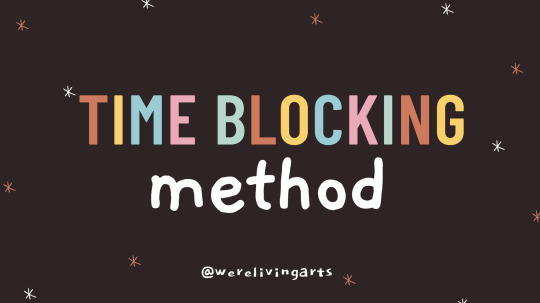
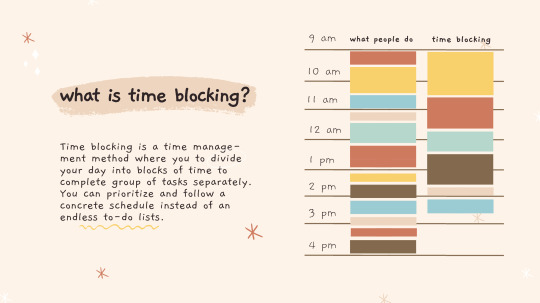
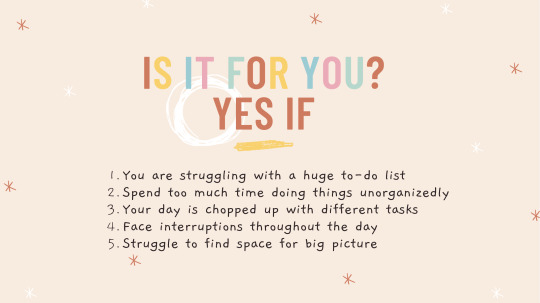
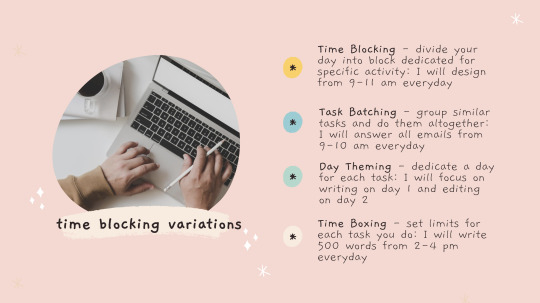
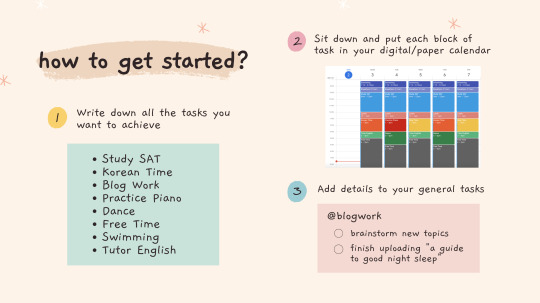

Hi all, this is werelivingarts, a new post about time management method: TIME BLOCKING! Time blocking allows you to divide your day into big blocks and helps you to complete similar tasks in one-go without any interruptions!
You can do your time blocking on:
Google Calendar (simple and easy to use)
Plan (drag your to-do list and organize them in blocks)
TickTick Premium (offer pomodoro timer)
Hope you find this helpful! ⭐️
7K notes
·
View notes
Text
‘eat the frog' method


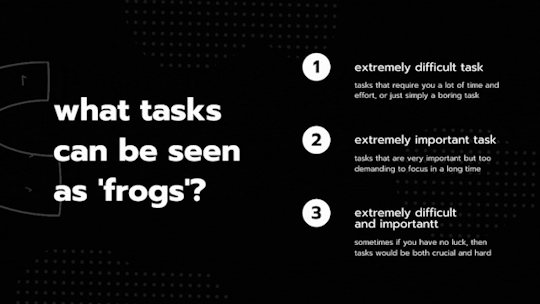
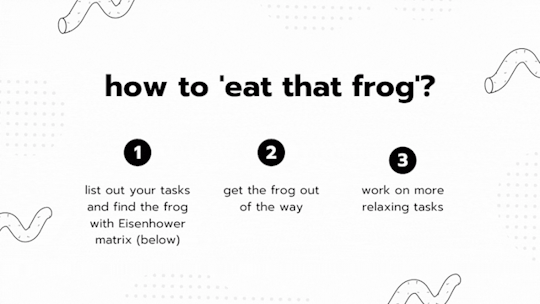


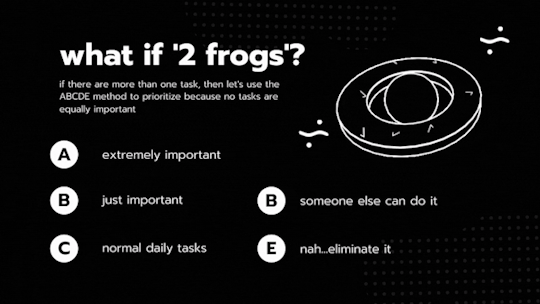
Hi all, it’s werelivingarts. I just stumbled across this method called ‘eat the frog’, which means you get the most difficult or important task out of your way first. I actually have been using this method for a long time, hope this post gives you a new way of managing your time and productivity! 😜 ❤️
“If it’s your job to eat a frog, it’s best to do it first thing in the morning. And if it’s your job to eat two frogs, it’s best to eat the biggest one first.” – Mark Twain
40K notes
·
View notes
Text

Hello! As finals season (aka 5-research-papers-due-in-a-week season) dawns on many of you, I thought I would share the process I used to write papers in college. This made writing long research papers much less daunting (but can also work on shorter papers). I really hope this helps some of you who feel stuck. Especially during these ridiculous times, when you’re stuck at home and might have other uncontrollable factors affecting your mental health, a clear framework of what to do could be helpful. Good luck, my friends! You got this.
About me
I graduated college in 2018 with degrees in Political Science + International Studies and will be starting law school this fall. I wrote nearly 20 15 to 25-page papers, never earning below an A. I loved researching about my topics but hated writing. It’s tedious, takes so much time, and everything I write sounds bad at first. Plus, I was a terrible procrastinator so most of these essays were written in under a week. Talk about stress.
Over time I found a process that worked for me, one that made churning out a paper seem straightforward, like going through a factory line rather than this terrifying concept of writing 10,000 words. It kept me sane without decreasing the quality of my work (or more importantly, how much I learned!)
I’m thinking about making a short video to show this in action… let me know if that could be helpful!
Step 1: Research
How you organize your research is a key step in keeping you sane. Usually I’ll have a pile of 20 books in my dorm along with dozens of JSTOR tabs open on my laptop, and that can get overwhelming very fast. Right now just focus on collecting ideas, not developing an argument or even an outline! As with most research papers, you could be starting with little to no background information on the topic, so it is still too early to be thinking about an argument.
Put all your research in one document
Open up a new doc: this will be the heart of everything. For a 15-page paper I usually end up with around 14-18 pages of typed research, 10 pt font, single spaced, tiny margins. This seems like a lot, but essentially all I do is type up anything I read that seems relevant to my topic, so luckily this step does not require that much brain power. Just type type type!
Use the table of contents
Find the chapter(s) that are actually relevant instead of skimming through the whole book. Time is of the essence here!
Use Zotero, cite right away
You can also use easybib or whatever you’re used to, but keep track of your sources. I like Zotero because I can keep a log of all of my sources and copy the footnote or bibliography version whenever needed. Before you even begin reading, cite the source and copy it into your research doc. This will save you so much time later when you have to put in your citations in the actual paper.
Here is an example of what my research doc looks like:
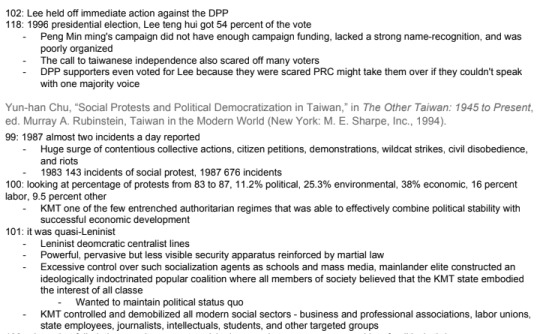
Full citation is my heading for each source just so it’s crystal clear
I ignore all typos (I don’t think there are any in this part though, go me!) because my head is buried in the book just trying to get all the info down
I always start with the page number so I know what to cite when I go back
Create a shorthand
While typing up research, you might think of something that the author didn’t talk about that you’ll want to write in your paper. Or perhaps a few sentences already start to form. Put them all in one place, with your research, so you know what source you’ll have to cite to then lead into your idea. I type “!@#” before anything that is strictly my own idea so I’m never confused. It’s fast and stands out.

This is an example: the two bullet points above are evidence from my source, which made me think of this argument I could make, which I noted with “!@#”
Step 2: Read Your Research
Now that you have all your information, go back and read through it all. Every time you read about a new theme/person/event, write it down somewhere. You may come up with a list of 20+ different ideas in your research. No matter how small, as long as there is something about it, write it down. Each of these mini themes is going to end up being a paragraph in your paper or combined with another mini theme.
Once you’ve made your list, look for larger overarching themes. In the paper I’ve shown you, I had mini categories like “political party x” “religion” “labor groups” “little organization” and “hierarchy.” When I looked back I though, hey these are all groups and how groups are working together, so they each became their own mini paragraph under the subsection of “Alliances.”
As with most research paper structures, I try to find three general themes/subsections (like an extended version of that 5-paragraph essay we wrote in middle school). It makes the paper less messy and also makes sure I’m not covering things that are beyond a reasonable scope.
During this step, you are also searching for your thesis. It won’t be your final version. As you fill in your outline in the next step you may make slight changes. But this is definitely when you start thinking about it.
Step 3: Outline
We’re ready to outline! Once I’ve collected all my different themes and organized all my subsections and paragraphs, it’s time to fill in that outline. I start a new doc just for the outline and take advantage of google doc’s headings function to make a clear document outline.
Here comes the fun part, I read through my research one more time, this time copy and pasting all my research into each section of the outline. The document outline in google docs makes this easy because I can just click on each subheading to get me there (super helpful when you’re dealing with 15+ pages of research).
Here is what it looks like:

Let’s say I need to add something to my outline about labor groups. Boom, labor groups. Also, the typos are really abound here haha
Step 4: Write the Paper
Okay, I get it, easier said than done. BUT! You already have everything set up. Your outline is essentially just a list of your paragraphs and all you have to do is paraphrase, cite, and create a topic sentence. And that’s how you should think about this: you’re essentially transforming bullet points into sentences and adding footnotes.
In high school my English teacher introduced us to Sh*tty First Drafts for creative writing, but honestly the same applies to research papers. Sometimes I’ll even have phrases like “wait no that’s not what I meant but basically…” and when I go back to edit, I realize that what came after “but basically…” is fine! And I keep it. So just start typing.
How do you cite while you write? Because we’re trying to get a constant stream of writing going, inserting proper footnotes after each sentence you type is too bothersome. I usually split screen with my outline and my paper so I just copy and paste a few words from my bullet point into my footnote, like so:

(This is from a different paper about cluster munitions.)
Step 5: Edit the Paper
I work best when I print out my first draft and make all edits in red pen. I feel more productive and can visually see where I want to move sentences and what I need to change. The more red there is the better I can feel the paper getting. (Whether or not that’s true doesn’t matter. We’re trying to stay motivated here!) When it’s all digital I don’t really see the progress. Plus, once I finish all the red, I get another moment of passive brain work, where all I’m doing is transferring edits rather than thinking. And at this point in the process, that kind of relief is much welcomed.
The good thing about this process is there’s not usually a need to cut entire paragraphs or pages because the paper you end up with is just a formalized version of your outline. Because you started with such a detailed outline, the cutting and editing now is just to refine your word choices and get rid of the “but basically”s. You’re almost there!
Step 6: Replace your citations
Now it’s time to go back and replace your footnotes with actual citations. Zotero makes this easy because in Word you can just insert and add the page number, and it’ll automatically do “Ibid.” for you when needed. Ctrl+f in the original research doc to quickly find the source.
Step 7: One More Read-Through and Submit!
Congratulations!! You’ve got a fully-researched and well-backed paper! Of course, even though the process is straightforward, it’s still a lot of work. In ideal situations I would start researching two weeks before the deadline, but if need be, I believe I’ve done this all in three miserable panic-filled days as well.
Please message me if you have any questions at all! I really hope some of you find this helpful! Good luck!
4K notes
·
View notes
Text

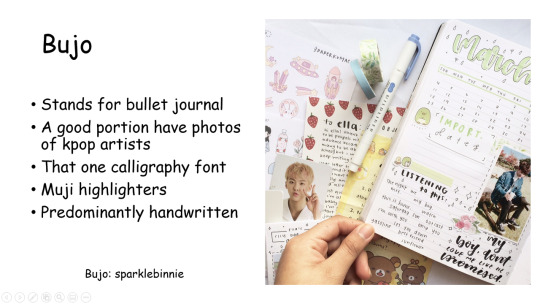
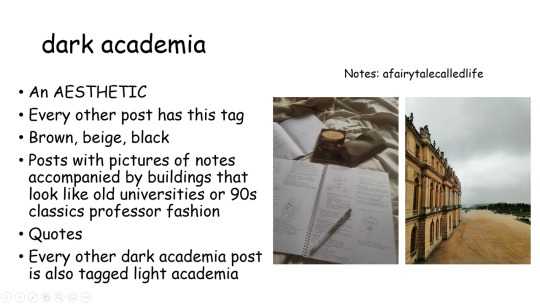
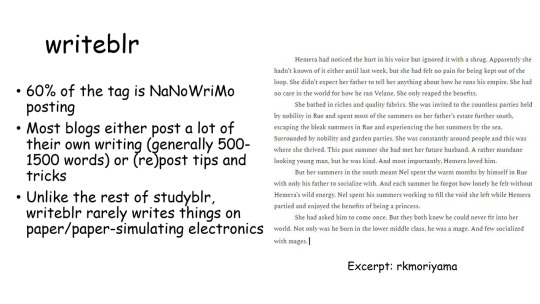
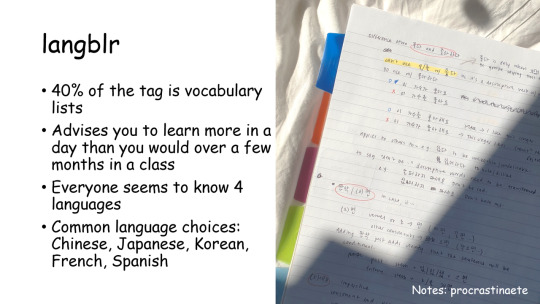
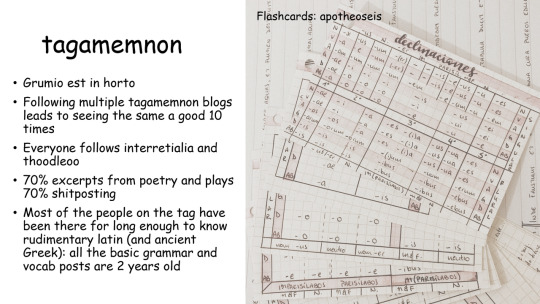




All other tags are left as an exercise to the reader.
Thanks ani and @sadcypher for helping me with this!
4K notes
·
View notes
Photo


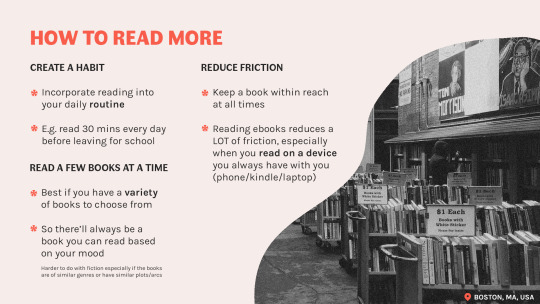
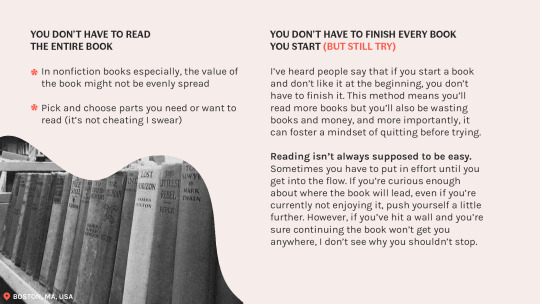
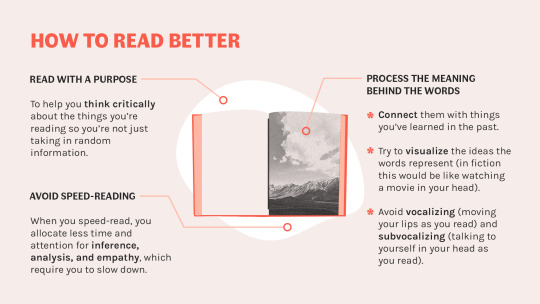
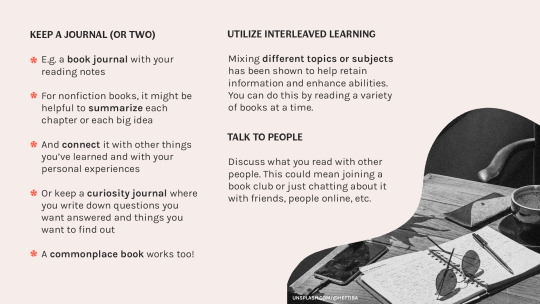
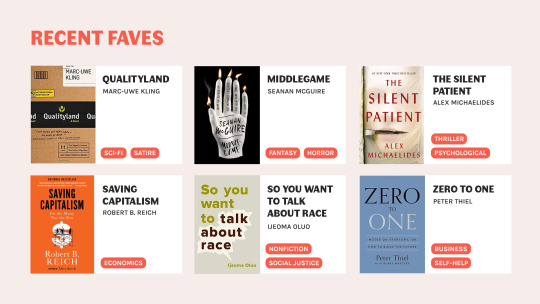

Read More, Read Better
Many of us are looking for more ways to enjoy our time at home in these stressful circumstances. Some of us have turned to books. But how can we make sure we get the most out of them?
Keep reading
24K notes
·
View notes
Text
Stop buying from Muji.

It’s being reported that Muji uses cotton produced by Uyghur Muslims in Chinese concentration and labor camps, specifically in Xinjiang. Obviously, the atrocities being done to the Uyghur Muslims are horrific, and a company profiting off of said atrocities is disgusting.
I know Muji is wildly popular on studyblr, but I’m asking you to think about real humans being forced into labor camps. As an average citizen, we only have two ways of imposing our power: by voting and by being deliberate with our money. Do not give Muji your money.
Do not support Muji. Do not support concentration camps. Do not support the violation of civil rights. Stay aware, read the news, and be a critical consumer.
Articles and petitions linked here:
ABC Net article: https://www.google.com/amp/s/amp.abc.net.au/article/11645612
BBC article: https://www.google.com/amp/s/www.bbc.com/news/amp/business-50312010
The Independent Article: https://www.google.com/amp/s/www.independent.co.uk/news/uk/home-news/chinese-cotton-uk-government-important-uighur-muslim-labour-a9478501.html%3famp
Change.org Petition - Stand up for the Uyghur Muslims in China: https://www.change.org/p/stand-up-for-the-uyghur-muslims-in-china-antonioguterres-amnesty-un
StopGenocide.org - Close the Camps: https://www.stopgenocide.org/close-the-camps/
10K notes
·
View notes
Photo
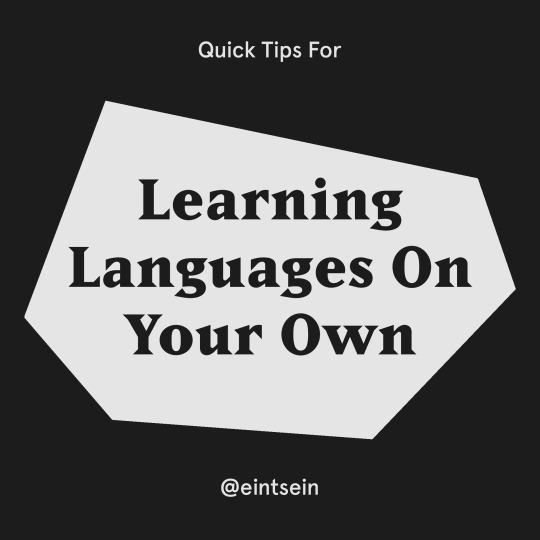

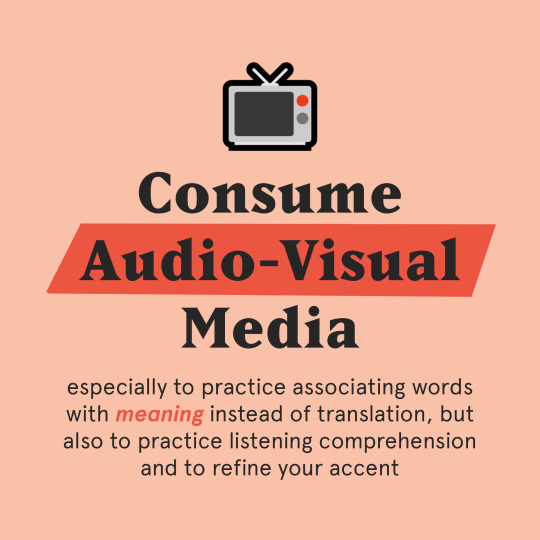
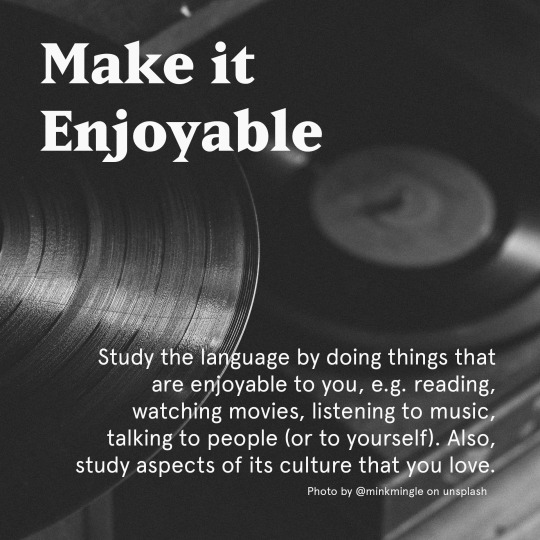
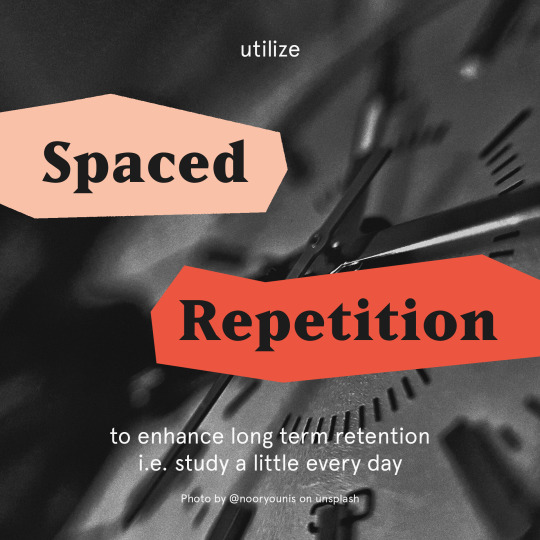

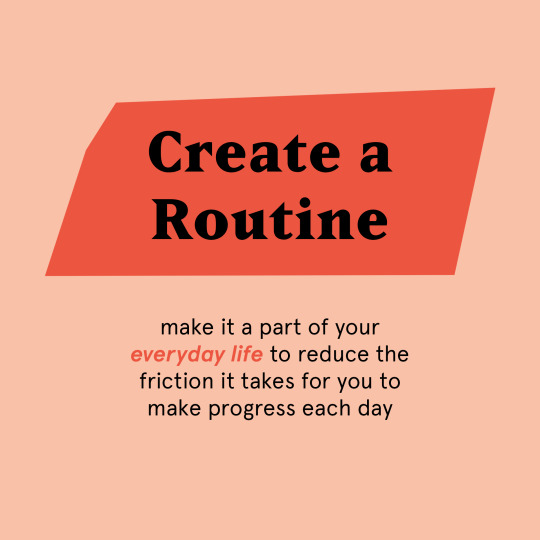
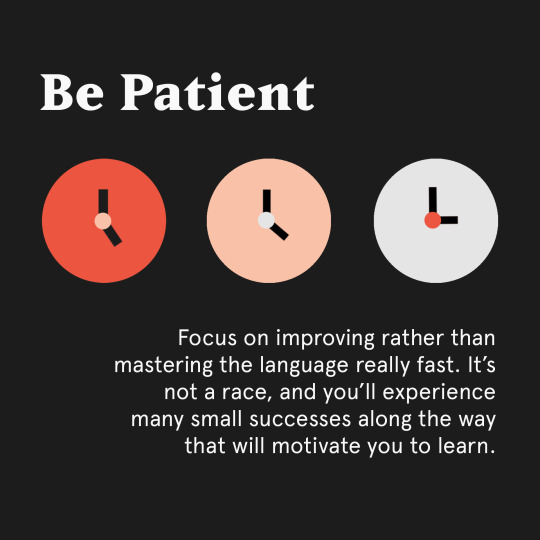
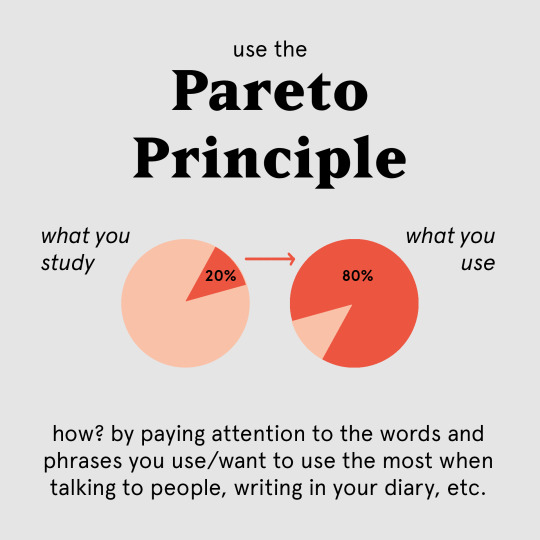
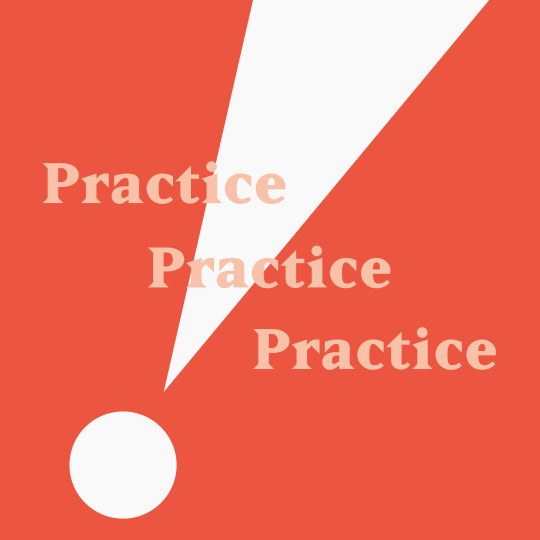
Quick Tips for Learning Languages on Your Own
Here are some mindsets and techniques that helped me study Italian on my own after classes ended. Hope this helps :)
Also, I’m trying out a new format for shorter posts–let me know what you think!
Text format below.
Keep reading
17K notes
·
View notes
Photo

Study Techniques:
SQ3R Reading
The Pomodoro technique
Online Pomodoro timer
Feynman Technique
100 Things to do in your study break
Develop active learning strategies
Cramming (last minute option)
Study Methods, Tips, and Resources:
How to make flashcards (electronic and paper)
What to write on flashcards
Uses for flashcards
Creating and using mindmaps
Studying using textbooks
The benefits of textbooks
How to annotate
Tools for referencing
Tips for visual learners
How to read journal articles critically (by marielstudies)
Top 5 Study Tips to Achieve your Study Goals
How to pull an all nighter
How to pull an all nighter (2)
Studying vocabulary
Study guides
How to create a study guide (by studyspoinspo)
Using whiteboards
Assignment Calculator
Learning how to learn (by strive-for-da-best)
Get good grades (Youtube)
Memory:
Learn how to memorise and find the memory techniques that work best for you.
Here’s an interesting article about long term memory.
6 research tested ways to improve your memory.
Here’s an ask about how to memorise material.
An ask about forgetting material within a few hours.
Some memory tips (by astackoftextbooks)
Learn instead of memorising
Thinking and memorising
Time Management:
How to prioritise tasks
Apps for scheduling
Creating a revision timetable
A post about making a timetable (by grxeek).
How to keep your revision focused
An online study planner.
Motivation/Procrastination:
Reasons to study
Blocking apps/extensions for phones and computers.
Reasons to study now
10 tips for getting started on an academic task
How to deal with family distracting you from study
How to stop procrastinating (Youtube)
10 Tips for managing procrastination
Questions to ask yourself for motivation
How to improve your concentration
Quick concentration tips
Get Motivated (Wikihow)
Choosing the appropriate study environment
Short and sharp motivation
Stress Relief:
Stress relief techniques and ideas
The 10 Best Yoga Poses for Stress Relief
Relaxing Yoga Poses for Beginners
20 Easy Steps to Stress Relief
Relaxation Techniques
23 Science Backed Ways to Reduce Stress
25 Destressing Techniques
Deep Breathing Exercises
Three Guided Relaxation Videos
Vent Anonymously Online
A sleep calculator here which will calculate when you should go to sleep/wake up (depending on what you’re working out) based on sleep cycles. This will make sure that you wake up refreshed and ready to work.
Problems with sleep
Failure anxiety
Do nothing for 2 minutes
Calm (meditation site)
Health:
There’s also some information here about studying with mental illness from MIND.
There’s a really great post here about depression in university (by landofstories)
There’s a similar post here about studying with depression (by bloggerforstudentprogress)
Studying with ADHD
Studying maths with dyscalculia
Managing test anxiety
Self help: test anxiety
Emergency Compliment (for when you’re feeling down)
Studying with dyslexia
Revision and exams for people with dyslexia
Study skills for dyslexic students
How I coped with OCD at university
Study skills and OCD
Study skills and OCD PDF
Music:
Nature sounds in calmsound
Sounds of rain
Beethoven
Coffee shop sounds
More coffee shop sounds
Mix sounds (soundrown)
Sounds of the ocean
Whitenoise
Study mixes on 8tracks
Music to boost concentration
For the exam:
Exam preparation
Exam life hacks (by studyblob)
The best ways to prepare for exams
Exam tips
The day before an exam
Tips on Taking Multiple-Choice Tests
How to write a great essay (by englishlit-chic)
Psychology Essay Exams (gives an example and how to answer)
Looking after yourself after exams
Oral tests and exams
Writing and presenting a good speech
Links, Games, etc.:
Live panda camera (for destressing; you wouldn’t believe the amount of time I spend watching this camera).
Live animals
Try to find the ten gnomes
Origami
Create your own nebula
Easy magic tricks
DIY Home Spa (BY @recoverykitty)
Brownie in a cup
Cookie in a cup
79K notes
·
View notes
Text
Maybe medieval people happened upon a T-Rex fossil and came to a relatively logical conclusion that dragons existed.
171K notes
·
View notes







